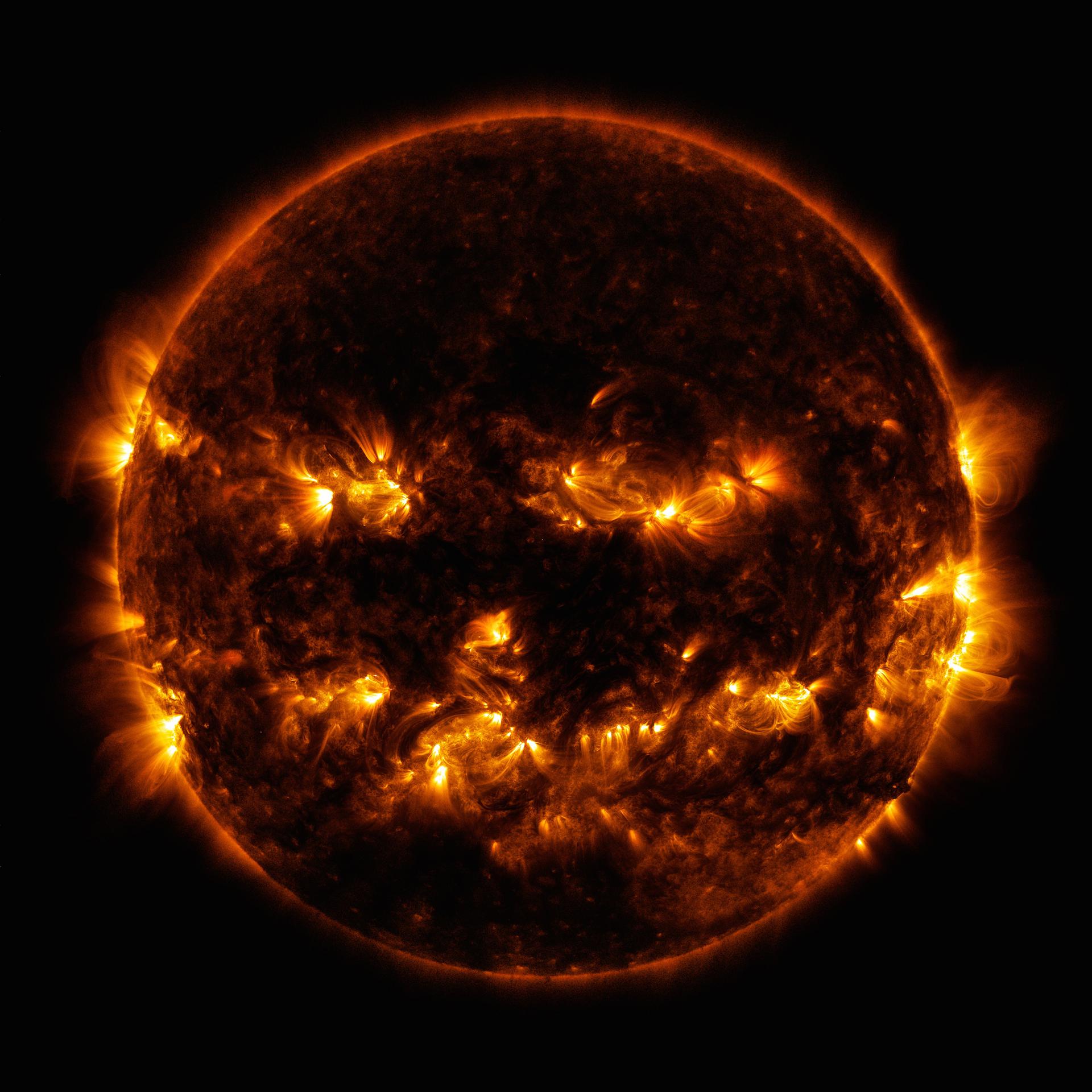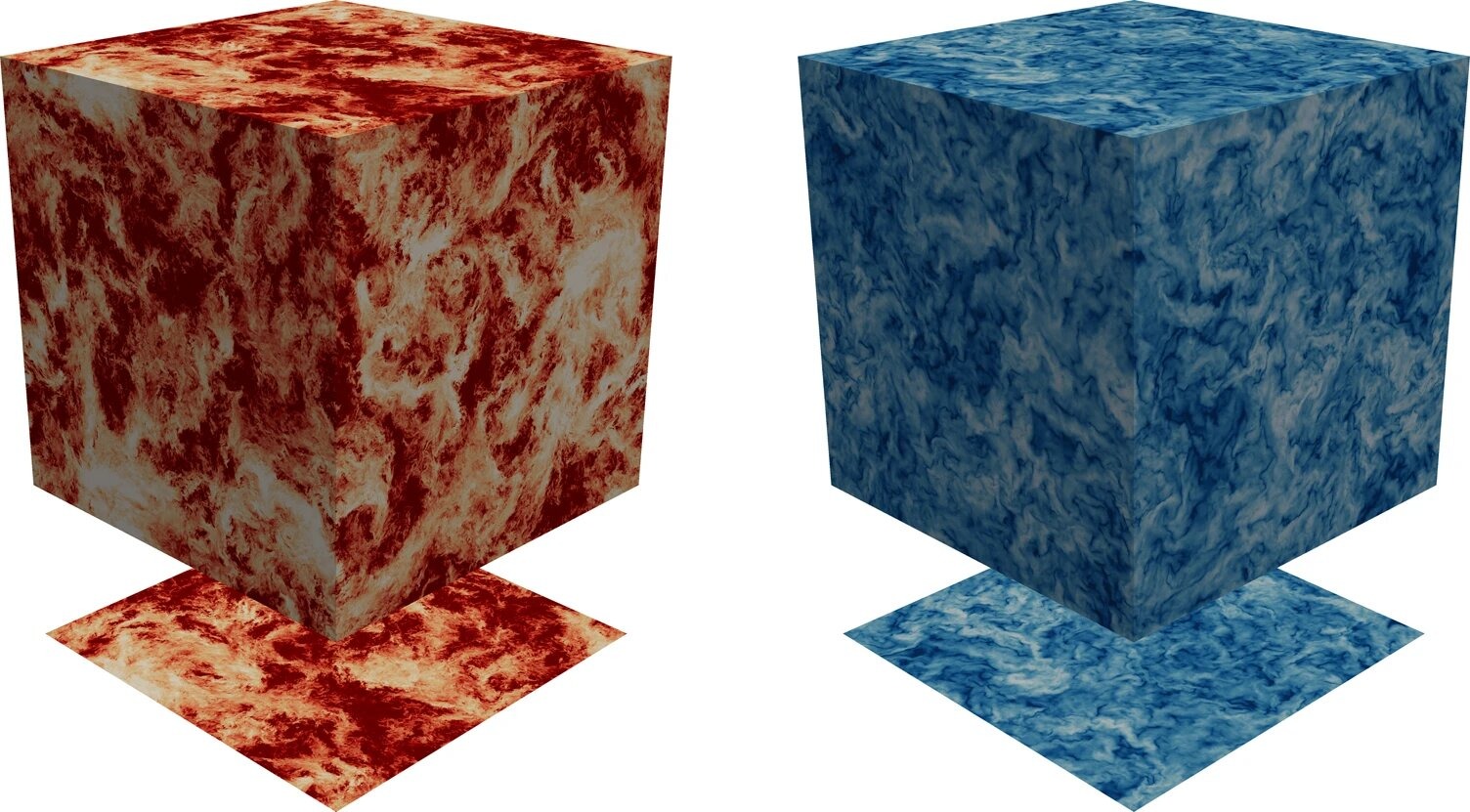The scientific community still does not fully understand the mechanisms of the emergence and strengthening of magnetic fields inside the Sun. However, a recent study published in the journal Nature Astronomy answers one of the fundamental questions about this complex process.

Solar magnetism occurs as a result of a phenomenon known as solar dynamo, which consists of two main components: large-scale and small-scale. However, none of these phenomena has yet been fully modeled by scientists. In fact, there is uncertainty about whether a small-scale dynamo can exist under conditions inherent on the Sun. The solution of this uncertainty is important because a small-scale dynamo has a significant impact on solar dynamics.
In a new study conducted by scientists from Aalto University and the Max Planck Institute for Solar System Research (MPS), the problem associated with a small-scale dynamo was solved using supercomputer simulations. Due to the combined computing power, the research team was able to directly simulate the possibility of a small-scale dynamo in the Sun.

“We used one of the most extensive computer simulations currently available to create the most realistic conditions for simulating this dynamo,” says Maarit Korpi–Lagg, head of the Astroinformatics group and associate professor of Computer Science at Aalto University. – “We have not only proved the presence of a small-scale dynamo, but also shown that it is realistic, since our model better corresponds to the real conditions of the Sun”.
Some previous studies have suggested that a small-scale dynamo cannot operate under conditions typical of stars like the Sun with a very low value of the magnetic Prandtl number (PrM). The Prandtl magnetic number is used in fluid and plasma physics to compare the rate of alignment of magnetic field variations and velocities. However, the research team conducted a simulation of turbulence conditions with extremely low values of the magnetic Prandtl number and found that, contrary to previous assumptions, a small-scale dynamo can occur at such low values.
Earlier we reported on how the mystery of bright spots on the Sun had not received an explanation.
Follow us on Twitter to get the most interesting space news in time
https://twitter.com/ust_magazine
